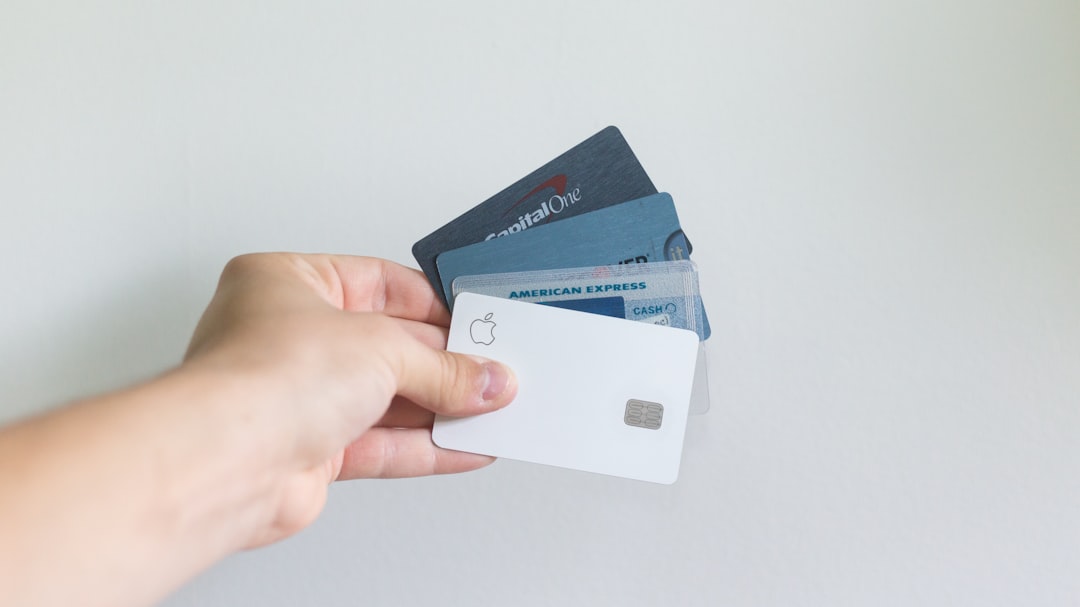An unsecured debt consolidation loan combines multiple high-interest debts, like credit card balances, into a single lower-rate loan, simplifying repayment and saving money. Eligibility requires a strong credit score (above 650), steady income, and proof of employment. Loan amounts and rates vary based on credit history, debt-to-income ratio, and consolidation type. Repayment options include fixed-rate installments or flexible plans that adjust to your budget. After securing the loan, effectively manage repayment by understanding new terms, creating a realistic budget, prioritizing exceeding minimum payments, and using strategies like the debt snowball or avalanche method to optimize repayment.
Struggling with multiple debts? Explore the power of Unsecured Debt Consolidation Loans—a strategic approach to streamline repayment and regain control. This comprehensive guide uncovers the ins and outs of consolidating personal loans and credit cards into a single, manageable loan. Learn how this process simplifies your financial journey, reduces interest rates, and provides clarity in overcoming debt. Understand eligibility criteria, various repayment options, and gain valuable strategies for effective post-consolidation credit card management.
- Understanding Unsecured Debt Consolidation Loans: A Comprehensive Guide
- How Personal Loan Consolidation Works: Simplifying Your Repayment Journey
- Benefits of Using a Single Loan for Multiple Debts
- Eligibility Criteria and Requirements for Unsecured Debt Consolidation
- Comparing Different Repayment Options: Installments, Balances, and More
- Strategies for Effective Credit Card Repayment After Consolidation
Understanding Unsecured Debt Consolidation Loans: A Comprehensive Guide

Unsecured debt consolidation loans are a popular financial tool for many individuals seeking to simplify their debt repayment process. This type of loan involves borrowing a single sum of money to pay off multiple existing debts, including credit cards, personal loans, and other unsecured obligations. The key feature that sets these loans apart is the absence of collateral; lenders offer them based solely on the borrower’s creditworthiness and repayment capacity.
This comprehensive guide aims to shed light on what an unsecured debt consolidation loan entails. By consolidating debts into one loan with a potentially lower interest rate, borrowers can reduce their monthly payments and the overall cost of borrowing. It provides an opportunity to streamline financial management by dealing with fewer loan repayments, making it easier to stay on top of payments and improve credit scores over time.
How Personal Loan Consolidation Works: Simplifying Your Repayment Journey

Personal Loan consolidation works by combining multiple debts, often high-interest credit card balances, into a single loan with a lower interest rate. This simplifies repayment by consolidating all payments into one manageable schedule. With an unsecured debt consolidation loan, you borrow a new sum to pay off your existing debts and then repay the loan over a set period, usually at a more favorable interest rate than your original creditors offered.
This approach can significantly reduce your monthly outgoings and free up cash flow by eliminating multiple minimum payments. It also streamlines the repayment process, making it easier to stay on track and avoid missing payments due to the complexity of juggling several lenders. By consolidating your debts, you gain better control over your finances and a clearer path to becoming debt-free.
Benefits of Using a Single Loan for Multiple Debts

Combining multiple debts into a single loan, often referred to as unsecured debt consolidation loans, offers several advantages. Firstly, it simplifies repayment by consolidating various due dates and terms into one manageable schedule. This streamlines your financial obligations, making it easier to keep track of payments and potentially reducing late fees. Additionally, a consolidated loan may offer a lower interest rate compared to the aggregate rates on your existing debts, saving you money in the long run.
By bundling credit card balances, personal loans, or other unsecured debts into one loan, borrowers can enjoy improved cash flow. This is because the combined repayment amount is typically lower than the total of individual minimum payments, allowing for more flexibility and potentially freeing up funds for other priorities. Furthermore, a single loan provides clarity in terms of repayment goals, making it easier to stay motivated and disciplined in paying off the debt.
Eligibility Criteria and Requirements for Unsecured Debt Consolidation

Unsecured debt consolidation loans are a popular choice for individuals looking to simplify their debt repayment process. To be eligible, borrowers typically need to meet certain criteria set by lenders. Firstly, a strong credit score is essential as it demonstrates financial responsibility and increases the chances of approval. Lenders often look for scores above 650, but this can vary between creditors. Additionally, a steady income source and proof of employment are required to ensure repayment ability.
The loan amount and interest rates offered will depend on various factors, including the borrower’s credit history, debt-to-income ratio, and the type of consolidation desired. Some unsecured debt consolidation loans require collateral, but many reputable lenders offer non-secured options, making it accessible to a broader range of borrowers. It’s crucial to compare different loan terms, fees, and conditions to find the best fit for your financial situation and repayment goals.
Comparing Different Repayment Options: Installments, Balances, and More

When considering personal loan consolidation, one of the key aspects to explore is the various repayment options available. This decision significantly impacts your financial journey and overall debt management strategy. There are several structures to choose from, each offering unique advantages. Common methods include fixed-rate installments over a set period, where consistent payments ensure clear borrowing terms. Alternatively, some consolidation loans provide flexible repayment plans that adapt to your budget by adjusting the amount and due dates of payments.
For instance, an unsecured debt consolidation loan allows borrowers to combine multiple debts into one manageable loan with potentially lower interest rates. This approach can simplify your financial life by reducing the number of monthly payments you need to track. Moreover, some lenders offer options like balance-based repayment, where you pay down the debt based on balances or outstanding principal, providing more strategic control over your repayment trajectory. Comparing these structures is vital in selecting a plan that aligns with your financial goals and ensures effective management of your consolidated debts.
Strategies for Effective Credit Card Repayment After Consolidation

After consolidating your credit cards with an unsecured debt consolidation loan, implementing effective repayment strategies is key to financial success. Start by understanding your new loan terms and creating a realistic budget that accounts for the consolidated balance. Prioritize paying more than the minimum required payments to reduce interest charges and shorten the repayment period. This not only saves money but also demonstrates responsible credit management to lenders.
Additionally, consider using strategic payment approaches like the debt snowball or avalanche method. The debt snowball focuses on paying off debts from the smallest to largest balance, while the avalanche method targets high-interest debts first. Choose the strategy that aligns best with your financial goals and discipline. Regularly reviewing your progress and adjusting your budget as needed will help ensure you stay on track towards complete credit card repayment.
Unsecured debt consolidation loans offer a practical solution for managing multiple debts. By combining various financial obligations into one comprehensive loan, individuals can simplify repayment processes and potentially reduce interest rates. This article has provided an insightful guide through the process, from understanding the basics of unsecured debt consolidation to exploring effective repayment strategies post-consolidation. With the right approach, you can take control of your finances, make managing your debts easier, and even save money in the long run.
